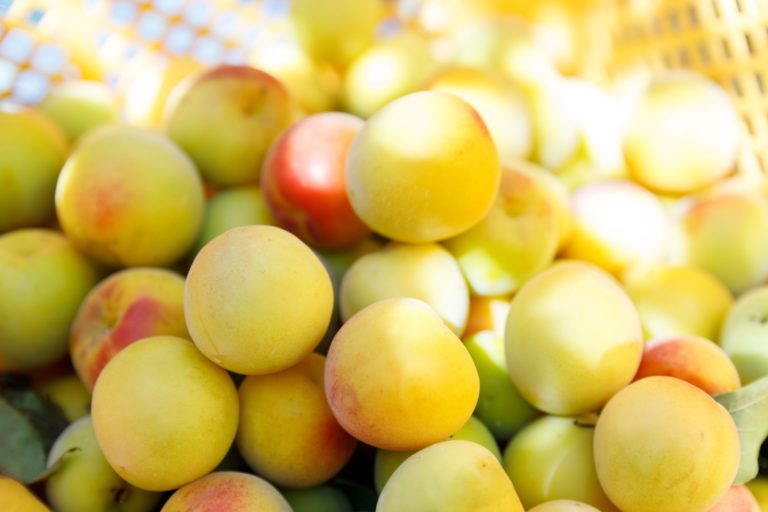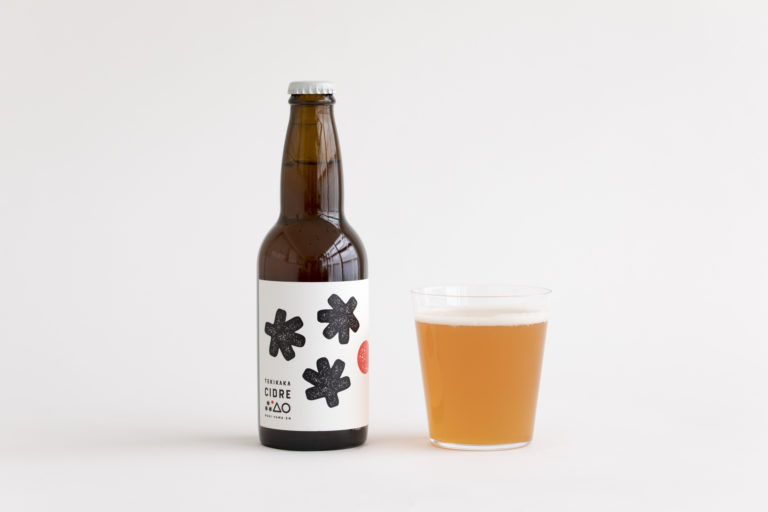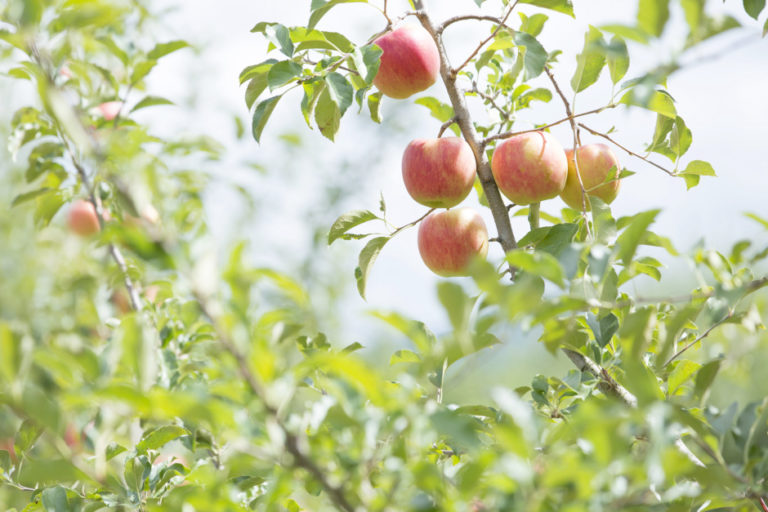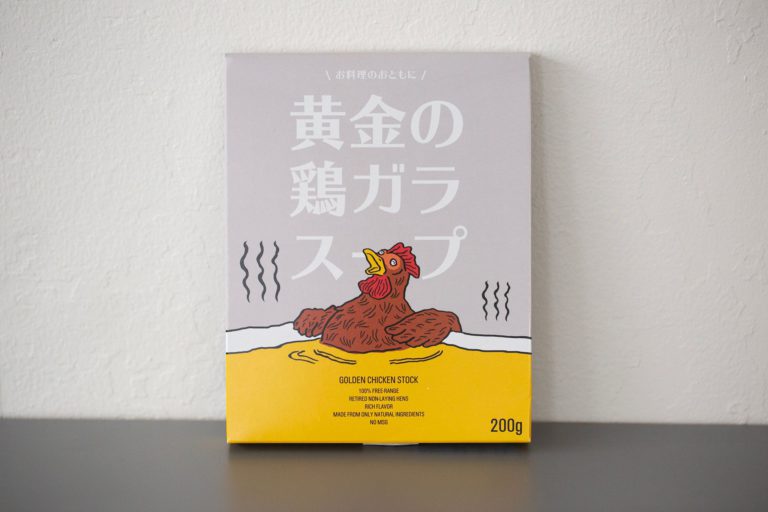“Mom’s power” handing down Abukuma’s food culture
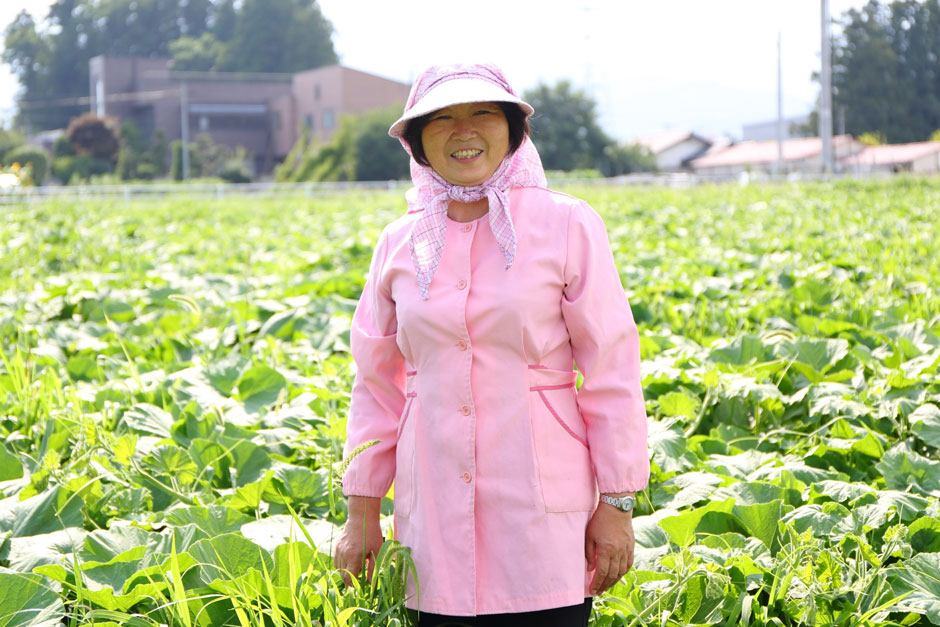
Affected by the great east japan earthquake, most of the people living in the Abukuma District were forced to move out.The life that fostered and handed down Abukuma's food culture came to a halt.
Abukuma’s food culture was in danger of being lost forever. Tomiko Watanabe, who had been farming in Iitate Village, was determined to do something about it. She gathered all the female farmers who had also evacuated the Abukuma District and together they established “Ka-tyan no chikara Project (Mom’s Power Project).” With tsunagu (link) as a key word, they began sending out information about Abukuma’s food culture that they felt should be handed down to future generations.
Homemade flavor taught by moms
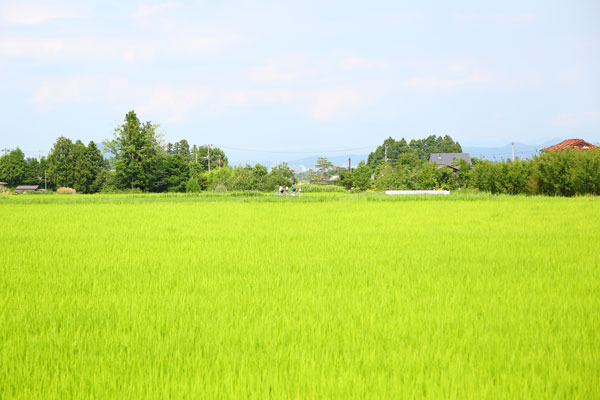
The “Ka-tyan no chikara Project” started in October 2011. Since then, Watanabe has been exerting her leadership as a representative of the project group.
“We plant rice in the spring, and after the harvest we make kashiwa-mochi (rice cakes wrapped in an oak leaves). In the winter, we freeze dried daikon radish to make Shimi Daikon. Everything we did as a part of our lives could not be done after leaving Iitate Village, and there were a lot of women who were sad about this. I thought there might be something we could do to maintain Abukuma’s food culture, and it would give purpose to our lives.”
One such activity is Abukuma Shoku-no-Isan (Inheritance of Abukuma food) that began in 2013.
Members of the project visited older moms in their 70s to 90s who had lived most of their lives in Abukuma District, and learned local and traditional dishes that they learned from their moms. “We keep in mind that we want to learn from their hands. There are 26 cities, towns and villages in Abukuma District. One local dish is made slightly different in different areas of Abukuma. We want to respect these small differences. We want to respect the fact that different ingredients are used in places separated by a mountain. We also want to inherit the history of these older moms?where they were born, where they grew up, and what kind of dishes they ate at different situations in their lives.”
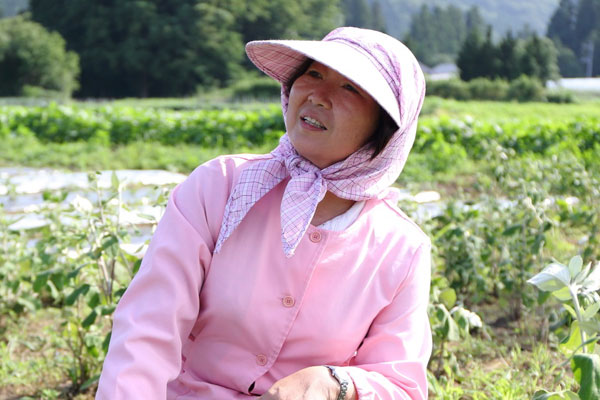
What Watanabe’s group learned through interviews are transmitted through a website and presentations. They also develop processed foods such as rice cakes and green onion miso from older moms’ or their own recipes and sell them at the “Community Salon Abukuma Chaya” in Fukushima City.
Shimi food culture is being handed down in Abukuma District. Shimi Culture is the culture of exposing food in the bitter cold to make preserved food. In Iitate Village?where Watanabe lived?Shimi daikon radish, Shimi mochi rice cakes, and Shimi tofu were made. Japanese radish and rice cakes hanging from eaves were a common sight in the area.
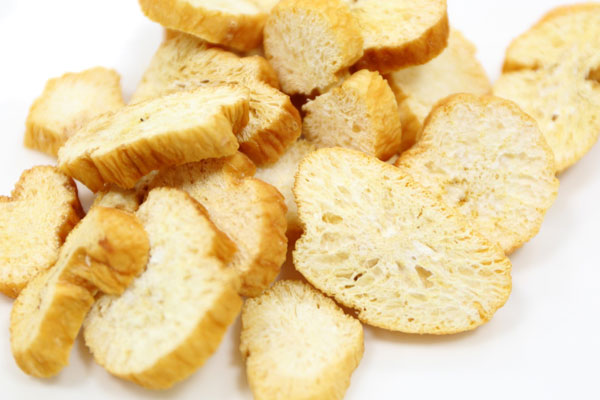
They showed us the actual Shimi daikon radish. The frozen then dried radish rings looked like rusks. They are soaked in hot water and cooked together with carrots, shiitake mushroom, kelp, and in Iitate Village, herring is added for flavor. They turn out tasting great cooked in wonderful soup.
Iitate Yukikko Pumpkin from Iitate Village
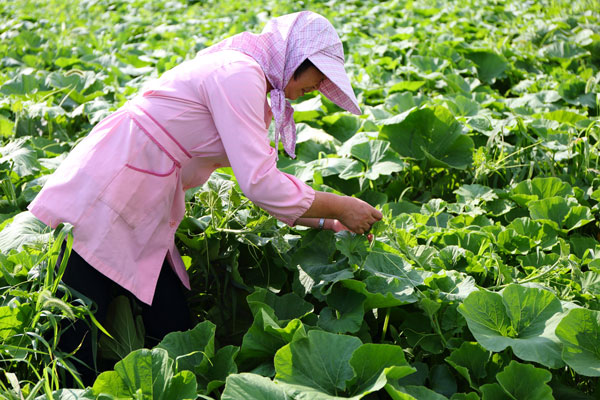
There is one more thing that Watanabe is determined to leave to future generations.
It is Iitate’s original breed of pumpkin named Iitate Yukikko Pumpkin. Mr. Motoichi Sugano, who was a teacher at the local Agricultural School and a breeder of improved varieties of farm produce helped develop this pumpkin.
Mr. Sugano has been working for several decades breeding varieties of farm produce that are delicious and easy to grow in the environmental conditions of Iitate Village.
Iitate Yukikko Pumpkin has light green skin that is almost white, and fine textured flesh, and is very sweet.
Watanabe wanted to continue growing this pumpkin at her place of refuge in Fukushima City and maintain the seed of this pumpkin that originated in Iitate Village. It wasn’t easy to prepare a field to grow pumpkins in an area that was so different from Iitate Village, says Watanabe.
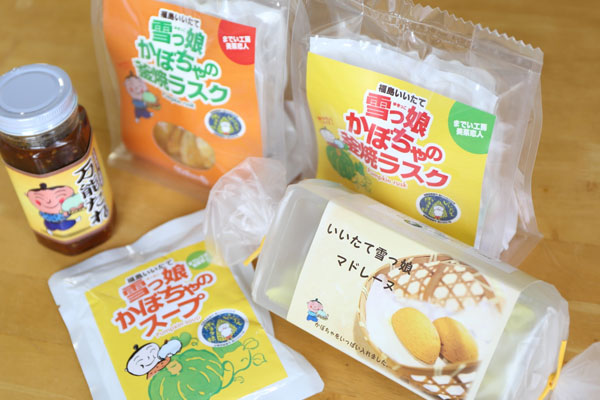
“The water and soil are so different from Iitate. I had difficulty from the beginning. When I saw the first sprout, I was so happy I wanted to cry. Five years have passed. There’s lot more work to do, but see? They’re growing.”
We turned to where Watanabe pointed and saw a small pumpkin growing at the root of leaves. Pumpkins originating in Iitate Village are growing here in a faraway place.
Watanabe is currently struggling to develop processed food made with Iitate Yukikko Pumpkins, such as madeleine, rusk, curry, soup, and more.
We tasted her madeleine and was surprised by the rich sweet pumpkin flavor in the moist cake.
“I’m just a mom from a farm so I can’t make anything fancy. I want to spread the food culture of Abukuma and Iitate Yukikko Pumpkins.” She smiled and gazed at the pumpkin field with loving eyes.
As long as there are powerful moms who are not discouraged by adverse circumstances, the food culture of Abukuma District will be handed down to future generations.

